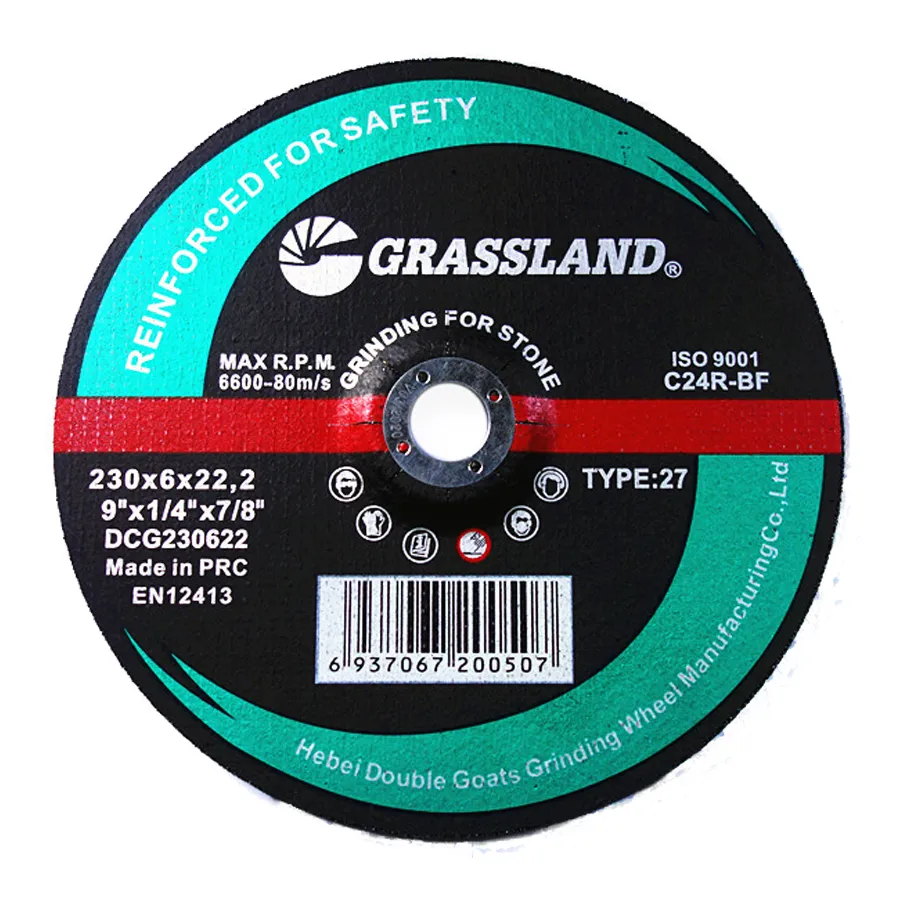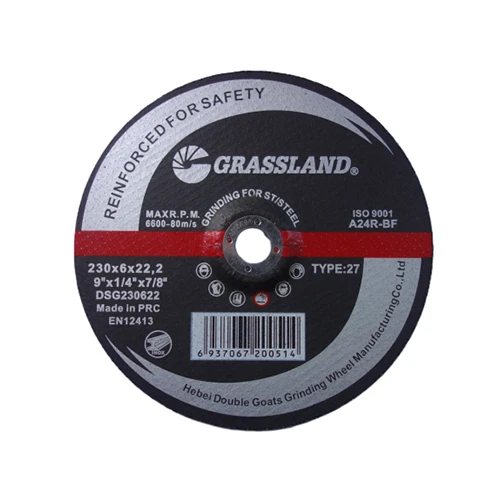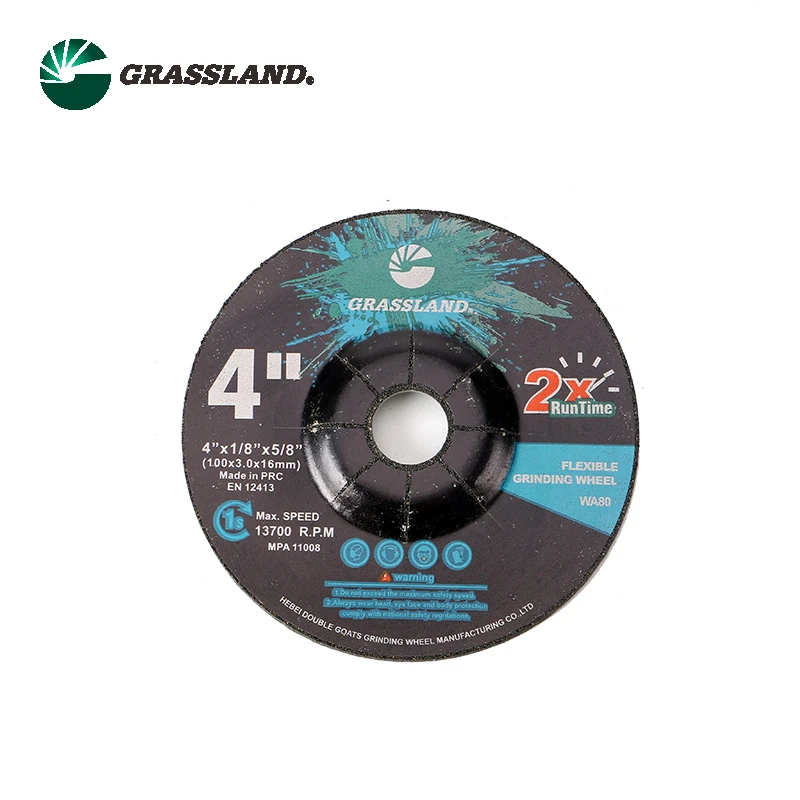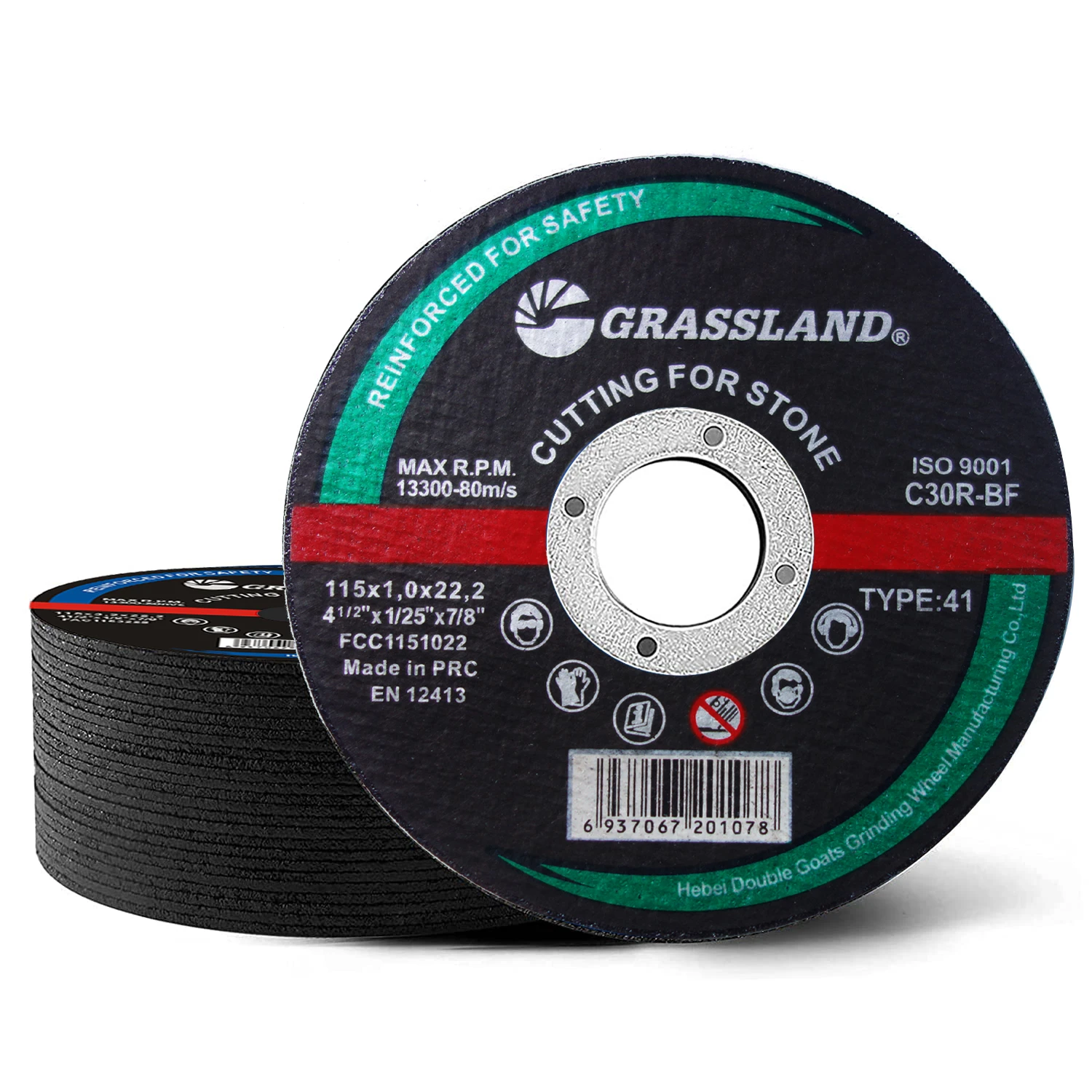Stainless steel is a durable and corrosion-resistant material, but cutting or grinding it requires specialized tools. For bulk buyers in construction, manufacturing, or metal fabrication, selecting the right stainless steel cutting disc ensures efficiency, safety, and cost-effectiveness. This guide explores critical factors to consider when sourcing angle grinder discs for cutting stainless steel, ss grinding discs, stainless cutting wheels, and cutting wheels for ss material for large-scale operations.
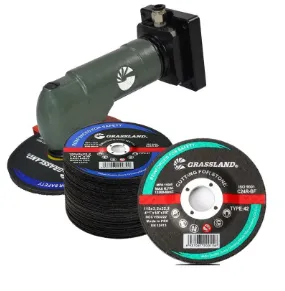
Material Composition and Stainless Steel Cutting Disc Design
The foundation of a high-performance stainless steel cutting disc lies in its material composition. Discs designed for stainless steel typically use aluminum oxide, zirconia alumina, or ceramic abrasives. These materials resist heat buildup and prevent contamination, which is crucial when working with corrosion-resistant alloys. For bulk orders, prioritize discs with reinforced fiberglass mesh or resin bonds, as these enhance durability during high-speed cutting.
When evaluating angle grinder discs for cutting stainless steel, thickness matters. Thin discs minimize material waste and reduce friction, making them ideal for precision tasks. Conversely, thicker ss grinding discs handle heavy-duty shaping and smoothing. Always verify that the disc’s abrasive grit matches your application—fine grits for finishing and coarse grits for rapid material removal.
Compatibility with Angle angle Grinder Discs for Cutting Stainless Steel
Not all stainless cutting wheels are universally compatible with angle grinders. Bulk buyers must cross-check disc specifications with their machinery’s RPM ratings, arbor sizes, and power output. For example, a cutting wheel for ss material rated for 12,000 RPM may fail prematurely if paired with a 15,000 RPM grinder. Always align disc max RPM with your equipment to avoid accidents and ensure longevity.
Additionally, consider the disc diameter. Larger angle grinder discs for cutting stainless steel are suited for industrial-grade projects, while smaller discs work for intricate tasks. For wholesale purchases, opt for suppliers offering multi-size bundles to accommodate diverse project needs. Safety features like anti-vibration designs or reinforced cores are also critical for reducing workplace injuries in high-volume environments.
Durability and Heat Resistance of Stainless Steel Cutting disc
Stainless steel generates intense heat during cutting or grinding, which can warp discs or damage workpieces. High-quality ss grinding discs incorporate heat-dissipating technologies, such as laser-cut expansion slots or copper-coated abrasives, to maintain structural integrity. Bulk buyers should prioritize discs with anti-clogging coatings, as stainless steel’s gummy texture can cause abrasive particles to wear unevenly.
For stainless cutting wheels, longevity directly impacts cost-efficiency. Look for discs with proprietary bonding agents that withstand prolonged use without cracking. Suppliers offering bulk discounts on premium-grade cutting wheels for ss material often provide better long-term savings compared to low-cost, short-lived alternatives. Test samples before large-scale procurement to verify performance under real-world conditions.
Cost-Efficiency in Bulk Purchasing of Stainless Steel Cutting Disc
Wholesale buyers must balance quality and budget when sourcing stainless steel cutting discs. Volume discounts are common, but negotiate terms based on order size, delivery schedules, and supplier certifications. Reputable manufacturers often provide ISO-compliant angle grinder discs for cutting stainless steel, ensuring consistency across batches.
Consider packaging efficiency—discs shipped in stackable, moisture-resistant boxes reduce storage costs and prevent damage. For projects requiring frequent disc changes, stainless cutting wheels with universal hole sizes streamline workflow. Finally, partner with suppliers offering flexible customization, such as branded discs or tailored abrasives, to align with specific project requirements.
FAQs about Stainless Steel Cutting Disc
What distinguishes a stainless steel cutting disc from regular cutting discs?
Stainless steel cutting discs use non-ferrous abrasives like ceramic or zirconia alumina to prevent contamination and overheating, unlike standard discs designed for carbon steel.
Can I use the same angle grinder disc for cutting stainless steel and grinding stainless steel?
No. Angle grinder discs for cutting stainless steel are thinner for precision, while ss grinding discs are thicker for material removal. Using the wrong type risks disc failure.
How do I store stainless cutting wheels to maximize shelf life?
Keep stainless cutting wheels in dry, temperature-controlled environments. Avoid stacking heavy items on discs to prevent warping.
What safety certifications of stainless steel cutting disc should bulk suppliers provide?
Look for OSHA, ANSI, or EN 12413 compliance on cutting wheels for ss material to ensure workplace safety standards.
Do premium stainless steel cutting disc justify higher costs for bulk orders?
Yes. High-end ss grinding discs reduce replacement frequency and downtime, offering better ROI for large-scale operations.
Post time:Jun - 10 - 2025







